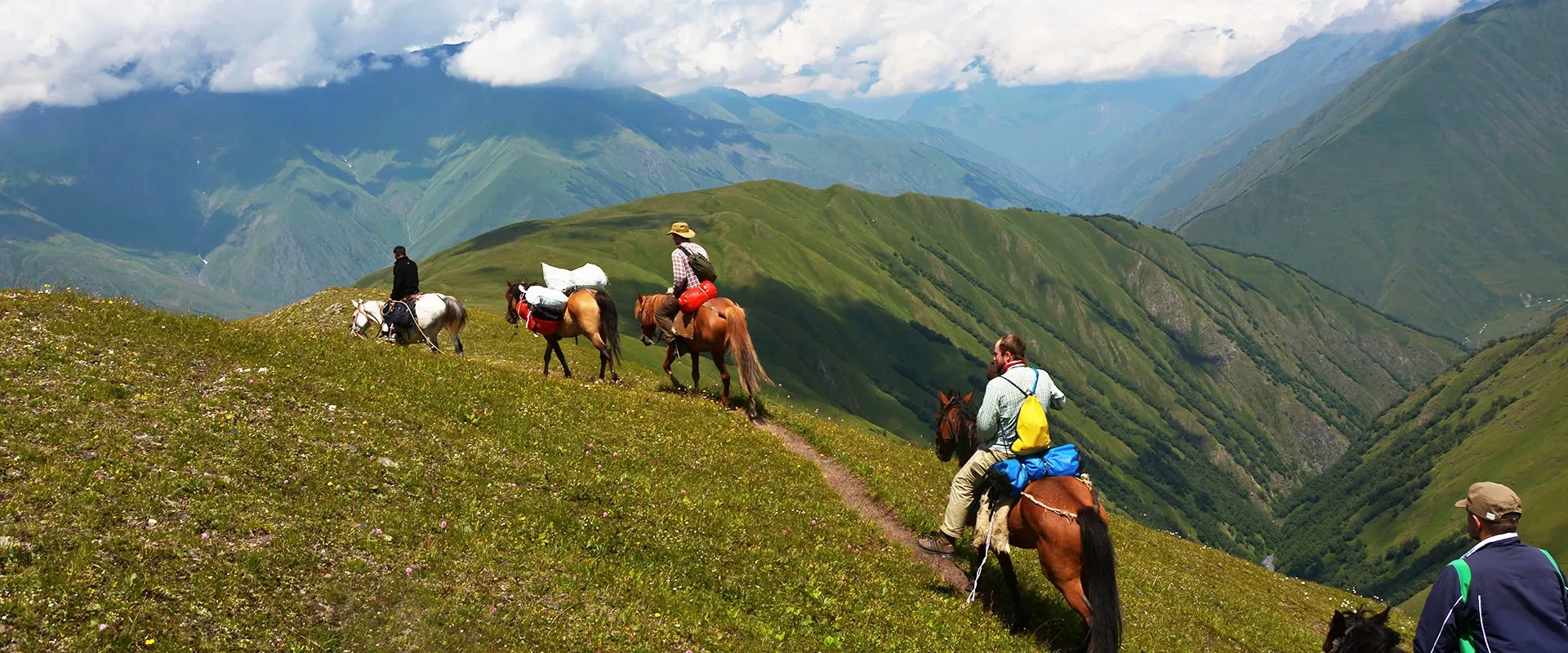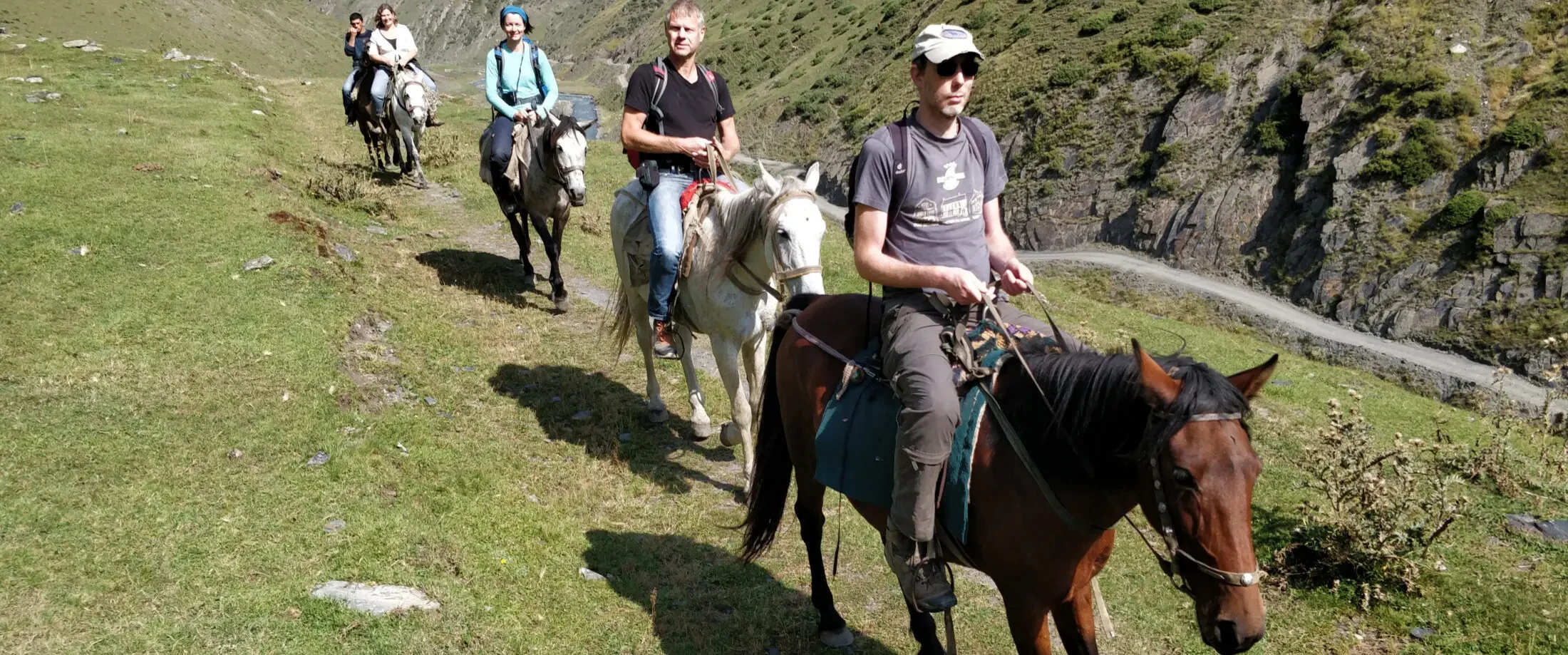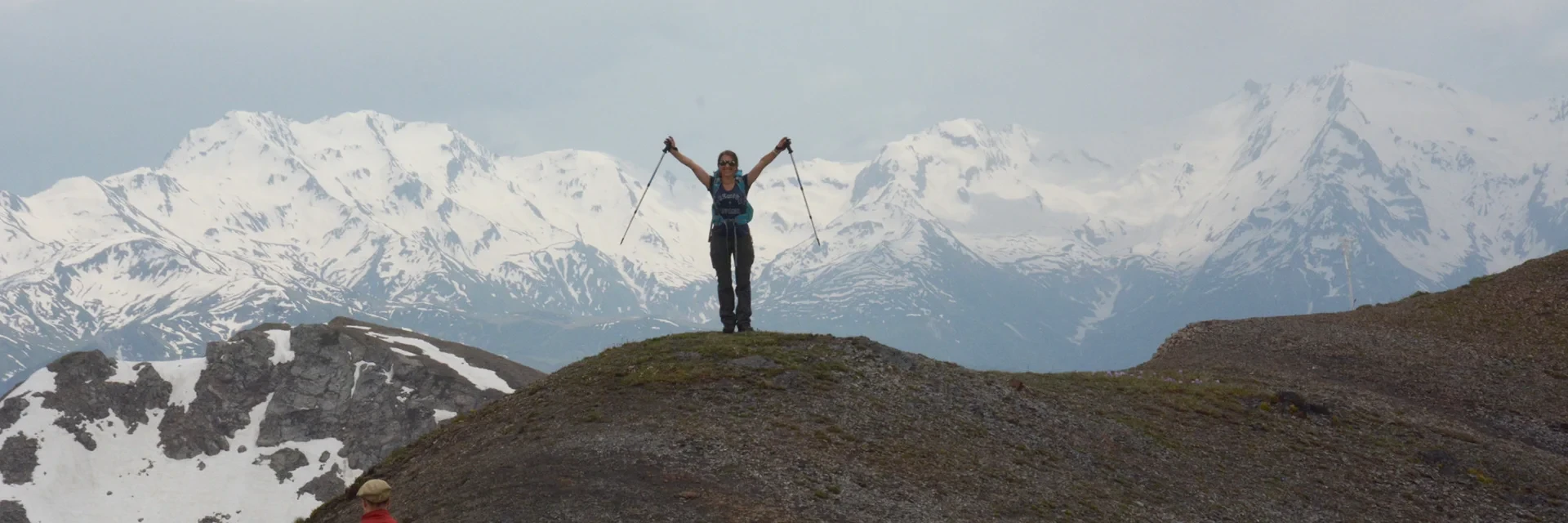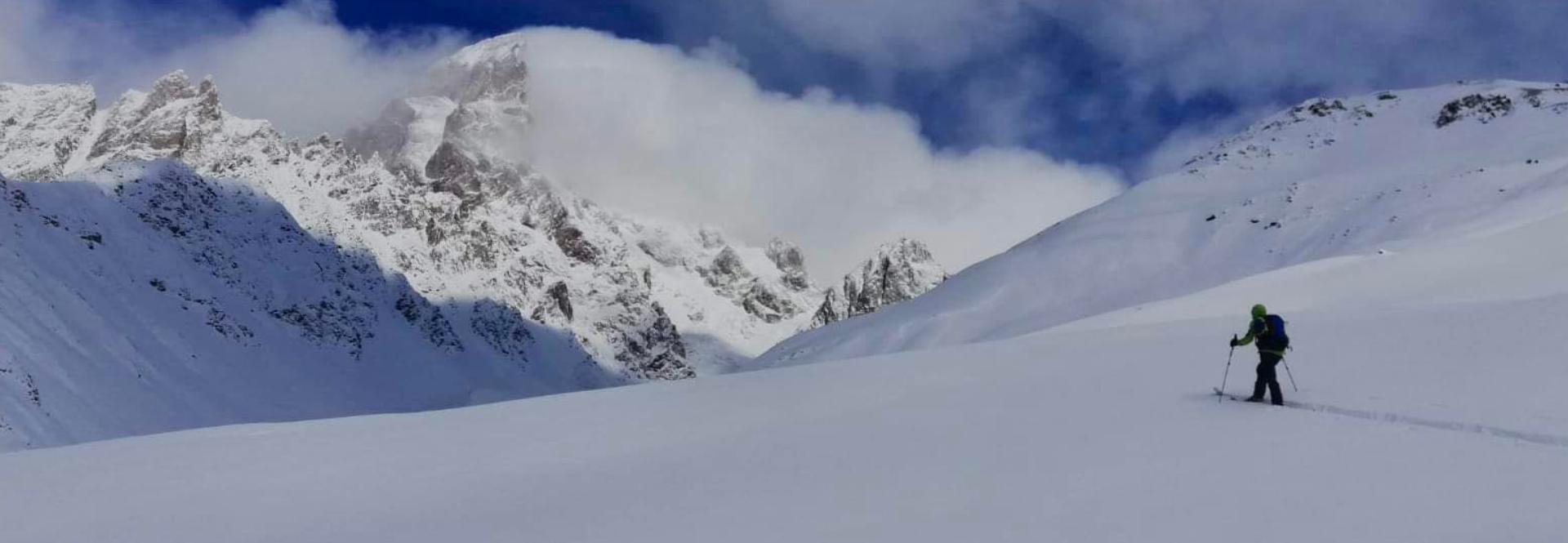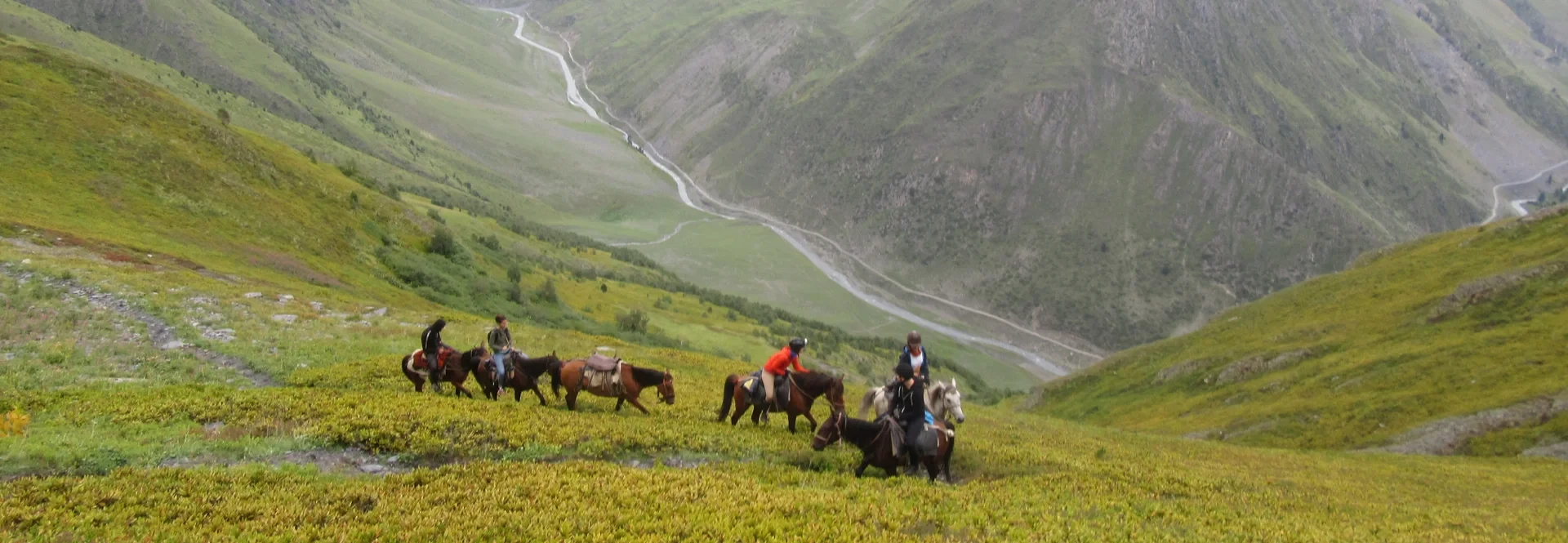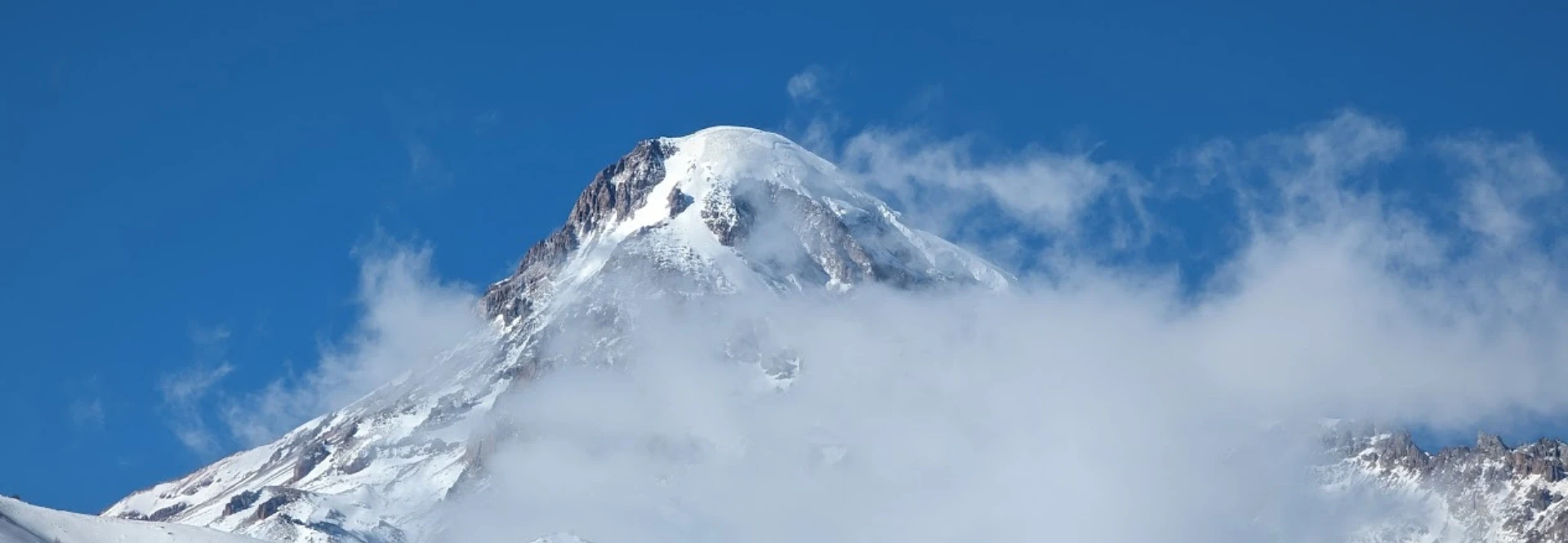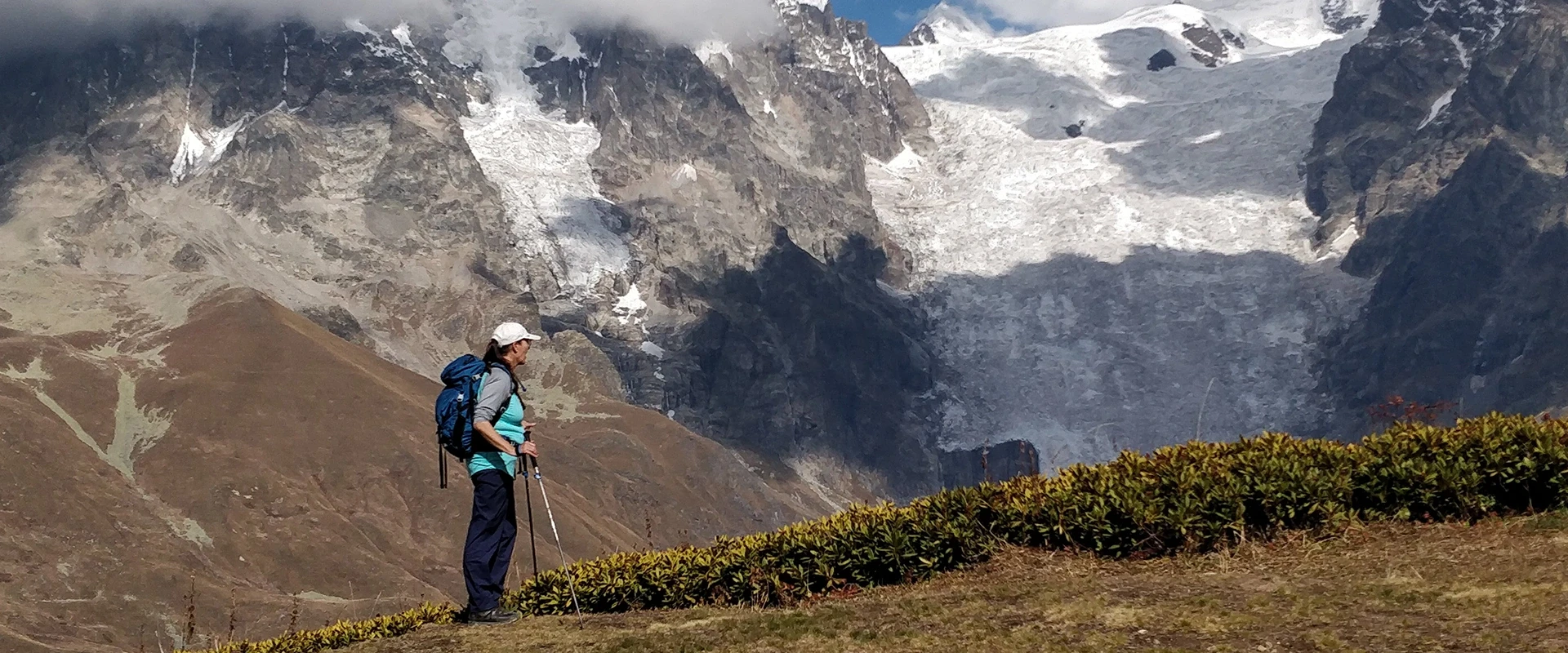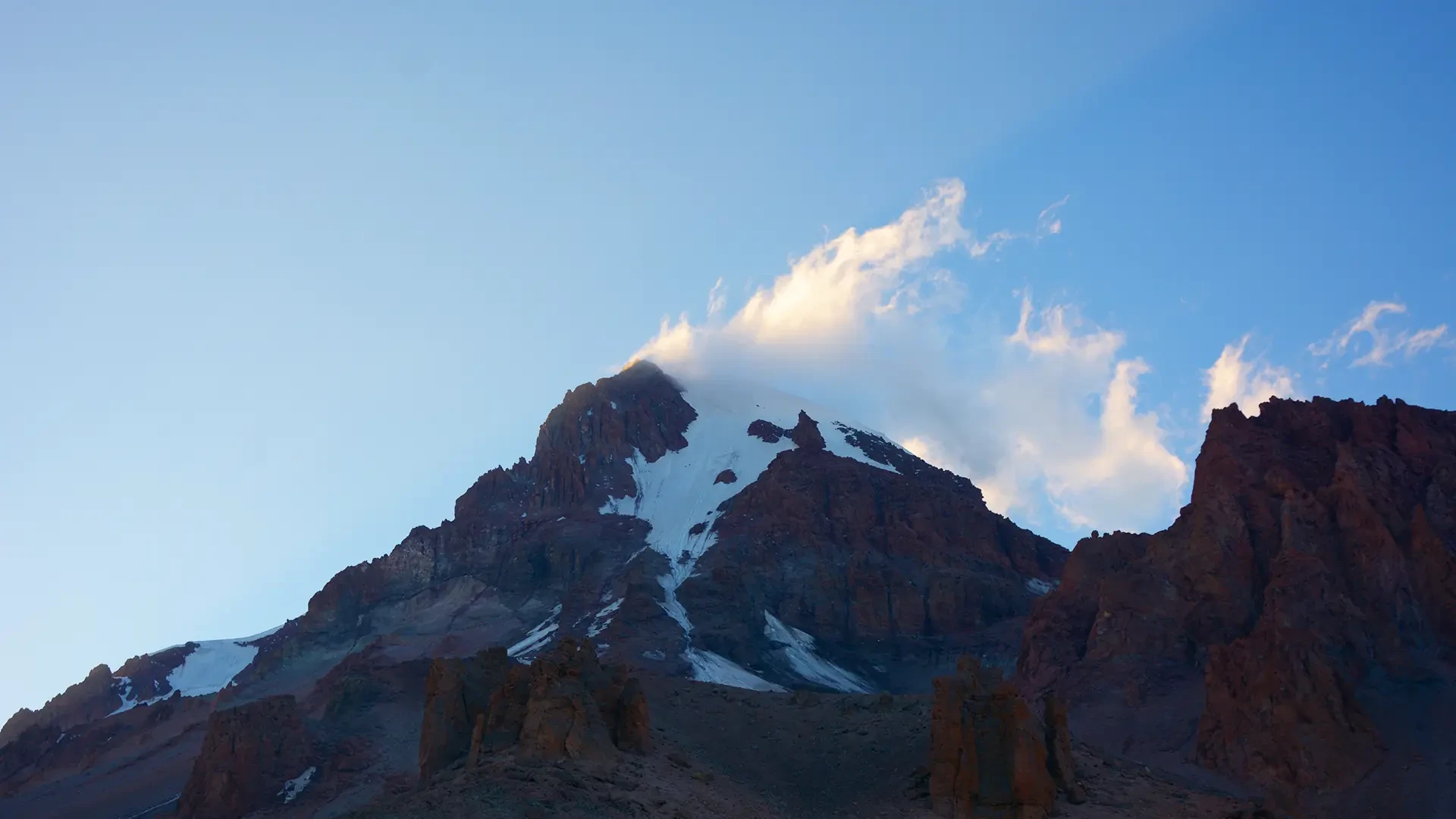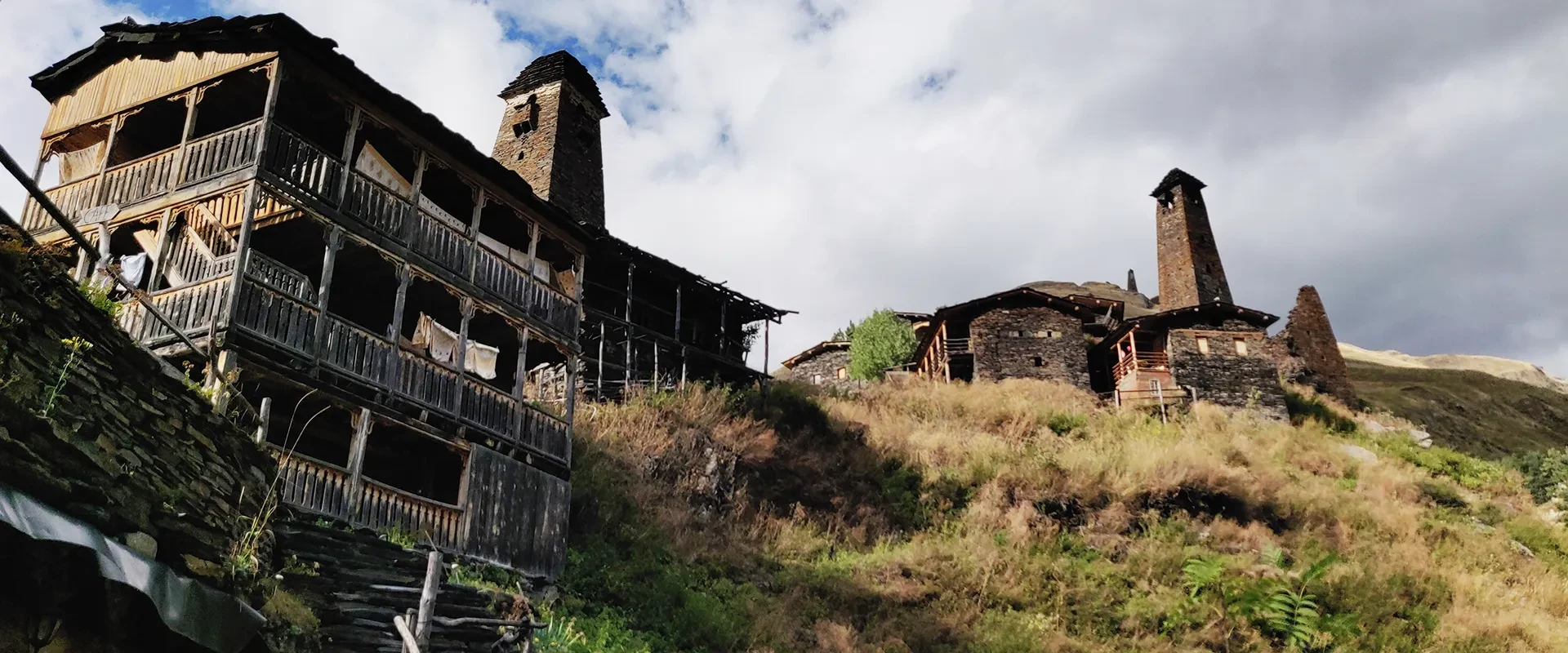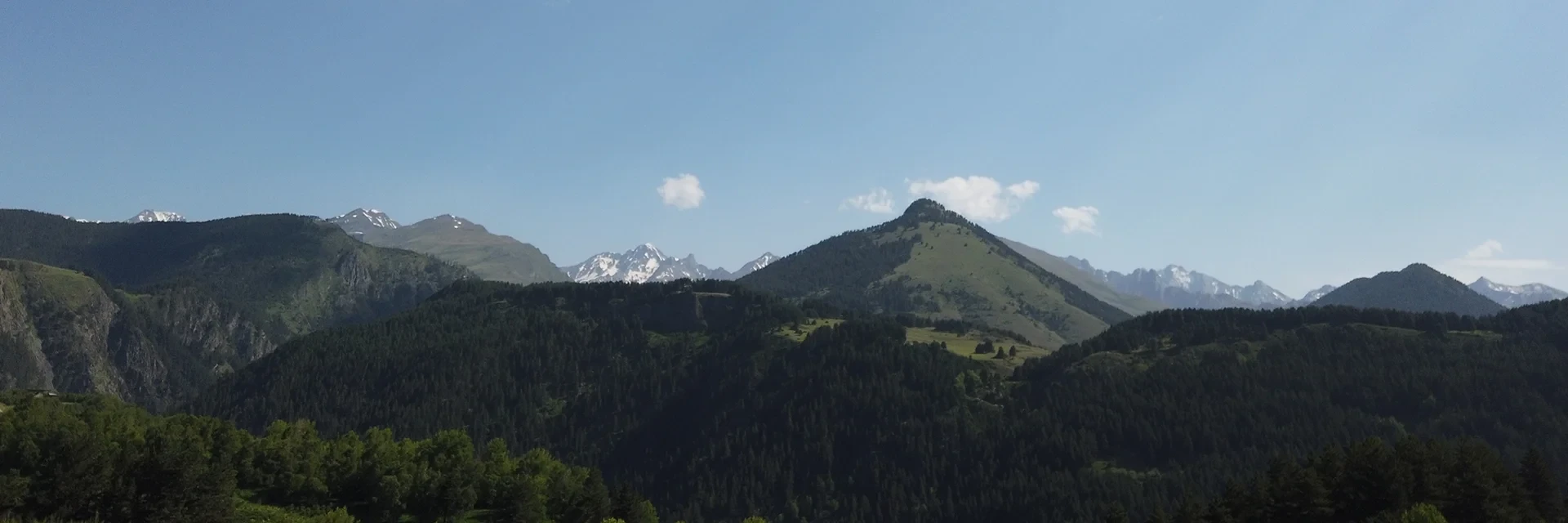Georgia, a small country standing right on the borders of Europe with Asia, might be smaller than most famous tourist destinations, but certainly mighty in what it has to offer travelers looking for once-in-a-lifetime adventures.
You’ll find some of the most breathtaking landscapes here that are perfect for a memorable horseback adventure. The terrain is diverse and ranges from the precarious Caucasus Mountains to the semi-desert regions of Vashlovani and the sprawling vineyards of Kakheti, providing a wide choice of backdrop for both novice and experienced riders. If you’re new to horse riding, the choices may seem dauntingly complicated, but navigating these landscapes can be simpler-than-expected, and very enjoyable, as long as you have proper guidance and prepare well.
Caucastours, one of Georgia's premier adventure travel companies, offers several options for guided horseback tours, each suitable for different experience levels. The company only works with expert local guides who are well-versed in routes and makes sure to carefully select the horses used for each tour. The company prefers working with the local Tushetian horse breed, which is sturdy, friendly and has been bred over the centuries to easily take and navigate treacherous mountainous terrain.
But as good as these horses can be, before jumping into the saddle, you need to learn several crucial details about horse riding - so that your horseback adventure is not only enjoyable but as safe as can be.
Getting Started: Proper Attire and Safety Gear
Your choice of clothing significantly impacts your comfort and safety when on horseback. You need to wear sufficiently long pants - even in heat - to prevent chafing against the saddle. Jeans work well for amateurs but invest in dedicated riding pants if you can, especially if opting for longer journeys. Avoid shorts or skirts that ride up - they will cause discomfort down the line. Choose footwear that has a small heel to prevent your foot from slipping through the stirrup, flat soles are a potential safety hazard. Caucastours, specifically, recommends wearing ankle-high sturdy hiking boots with proper ankle support: riding downhill on a horse can be dangerous not only for the rider but also for the horse, so usually riders dismount and hike through the most downhill sections. Riding boots may seem ideal, but they can cause blisters when large chunks of the road need to be covered on foot.
Safety gear, as defined by your guide, is non-negotiable. Any tour company worth their salt will provide you with a full list - wearing a helmet, for example, should be mandatory - abide by this list, especially if you’ve not had a lot of experience on long horse riding journeys.
Weather in Georgia can be unpredictable, especially in mountainous regions, so it’s always optimal to have additional layers on hand (this is not exclusive to horseback tours). A waterproof jacket, sunglasses, and sunscreen are also recommended, as many routes involve extended periods under direct sunlight.
Understanding Your Horse: Basic Handling Techniques
Approaching a horse correctly is your first step toward building trust. Always approach from the front or side, never directly from behind, as horses have blind spots and might startle. Speak in calm, reassuring tones and avoid sudden movements. Tushetian horses used by Caucastours are known for their intelligence and calm temperament, and they’re considered as beginner-friendly as a horse can be, but that doesn’t mean you can just charge up to the animal without care - respect and proper handling are essential, especially since the horse will be your companion for days to come.
Mounting requires proper technique - otherwise you might badly startle them. Usually riders are taught to mount and dismount from the left side, but in mountains this classic approach can be dangerous. Mountain trails are narrow and steep and sometimes you simply cannot approach the horse from the left side without putting yourself in danger. Caucastour horses have specifically been trained to remain calm regardless of which side the rider approaches to mount.
As for the technique itself: place your foot in the stirrup from the side recommended by your guide, grab the saddle with both hands and push yourself up, swinging your right leg over the horse's back. Settle gently into the saddle. Maintain proper posture - sit up straight with your shoulders back and relaxed, heels down, and your weight centered. The balanced position helps communicate with your horse effectively and reduces strain on both you and the animal during longer journeys, especially on rocky terrains.
Mastering the Basics: Riding Techniques for Beginners
You communicate with your horse mostly through your reins, your legs, and changing your weight. Squeeze both legs gently and hold light contact with the reins to walk. Lightly pull on the reins and sit deep in the saddle to stop. To turn, employ both rein pressure and leg signals - pull right to turn right, and left to turn left, using pressure from the opposite leg. Ask the guides if the horse has been trained to react to certain commands - if there are specific words that can calm it, they’ll come in handy.
Walking is the foundation of horse riding and where you will be spending most of your time as a beginner on Caucastours' trails. Take care to maintain an even rhythm and comfortable seat. As you gain confidence, you can progress to trotting, which is a bouncy gait that is hard on beginners. The secret is to ride in sync with your horse's pace, coming slightly out of the saddle on each second beat - a technique called "posting." On guided tours through Georgia's wine country or the more subdued landscapes of Kakheti, you'll have plenty of chances to practice these skills incrementally in the skilled company of seasoned guides.
Physical Preparation: Conditioning for the Saddle
Riding a horse engages muscles you are probably not used to, most notably in your lower back, thighs, and core. Even a gentle tour of Georgia vineyards can catch riders off guard with soreness at the end of a full day in the saddle. Squats, planks, and yoga are enough exercises to prepare your endurance level and reduce discomfort during the ride. Flexibility is also imperative - stretching hamstrings, hip flexors, and your lower back will put you solidly in riding gear.
Hydration and diet are essential factors, especially when traveling Georgia's diverse climates. The semi-deserts experience a scorching heat, and mountain passes can be cold even in summer. Dress modestly, drink lots of fluid, and sustain your body as needed for the physical demands of cycling. Some of Caucastours' multi-day tours include authentic Georgian eating along the itinerary, providing culturally rich and sustaining food on the road.
Discovering Georgia on Horseback as a Beginner with CaucasTours
Caucastours has a number of routes carefully planned for less experienced riders who are new to the incredible scenery of Georgia. Interestingly enough, equestrian trekking tours may seem more dangerous, but they’re ironically the most beginner-friendly: due to the complex terrain the horses are always directed to walk particularly slowly and the rider gets plenty of time to learn how to trust their horse (and vice versa), direct them, and deal with any potential fears they may have head.
If you’d still rather enjoy milder terrain, try the Kakheti wine country tour. It pairs gentle ground with Georgia's world-famous viticultural history - ideal for beginners who desire to prioritize scenery and culture while gaining confidence on horseback. Trekking through the vineyards and across the Tsiv-Gombori ridge also means enjoying breathtaking views (and great Georgian wine).
For a taste of Georgia's wilderness, shortened versions of the horse tours of Vashlovani National Park introduce riders to the country's "Georgian savanna" and its characteristic flora and fauna. The tours are slow-paced for beginners but emphasize badland formations, Pistachio and Juniper forests, and 9th-10th century fresco decorating ancient cave monasteries. Historical context and safety advice are delivered by experienced guides so that even first-time riders can experience these once-in-a-lifetime views safely.
Safety, however, does not come before authenticity since Caucastours accompanies riders on locally bred horses in the Caucasus. Famous for its immense strength, great intelligence, and sure-footedness, the locally bred Tushetian horse is specially adapted to trekking Georgia's landscape. Such carefully selected and specially trained horses take on mountain and semi-desert landscapes for a secure, safe riding adventure for riders of all capabilities.
Caucastours' horseback rides are a window into Georgia's long history of culture and horsemanship, particularly in regions like Tusheti, where horses have been the primary mode of transportation across mountain passes for centuries. Though novices might not try doing the entire Tushetian horse drive (a grueling multi-day journey of several hundred kilometers), Caucastours' escorted rides offer access to these living traditions and put participants in touch with Georgia's equine past.

